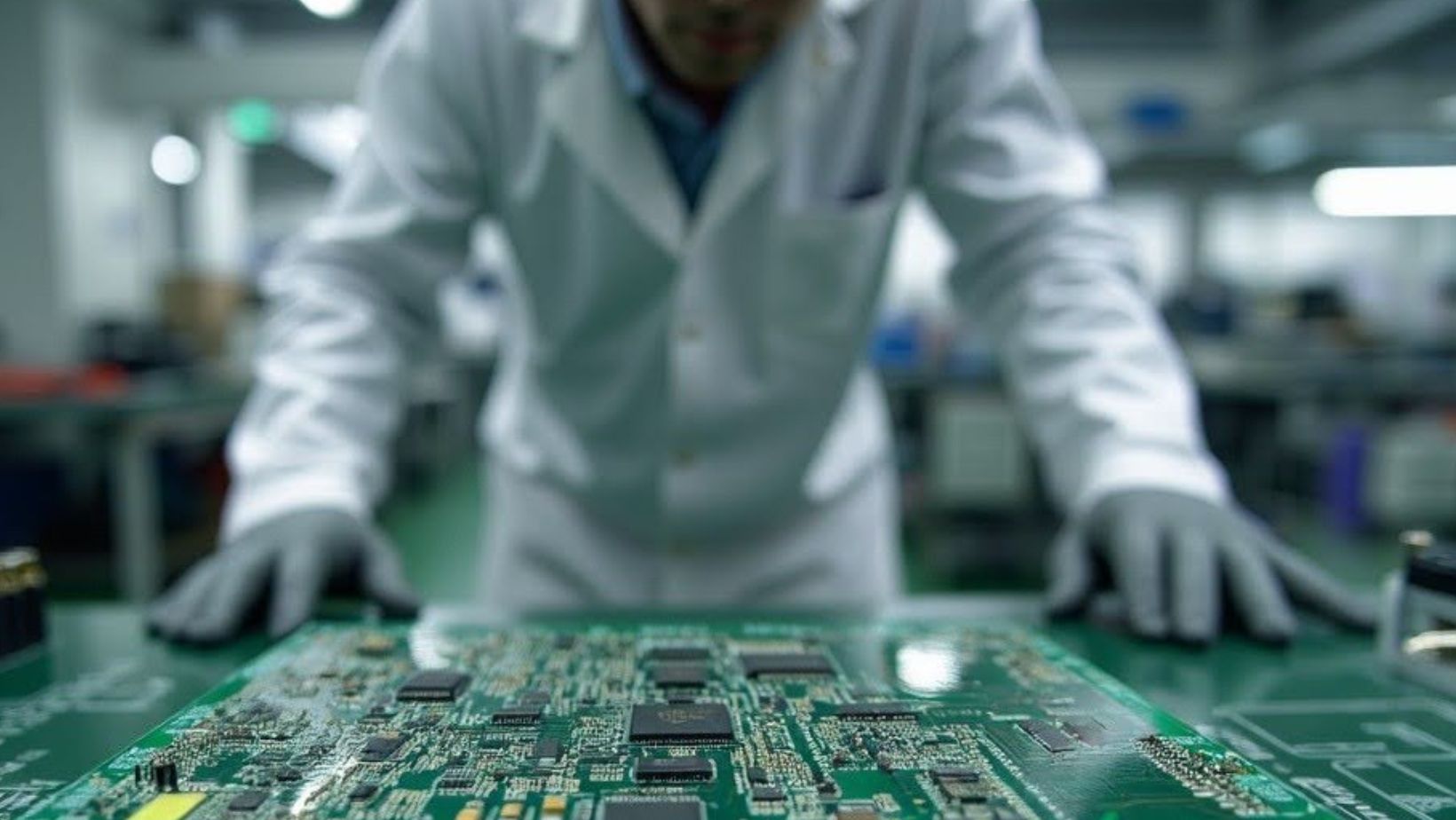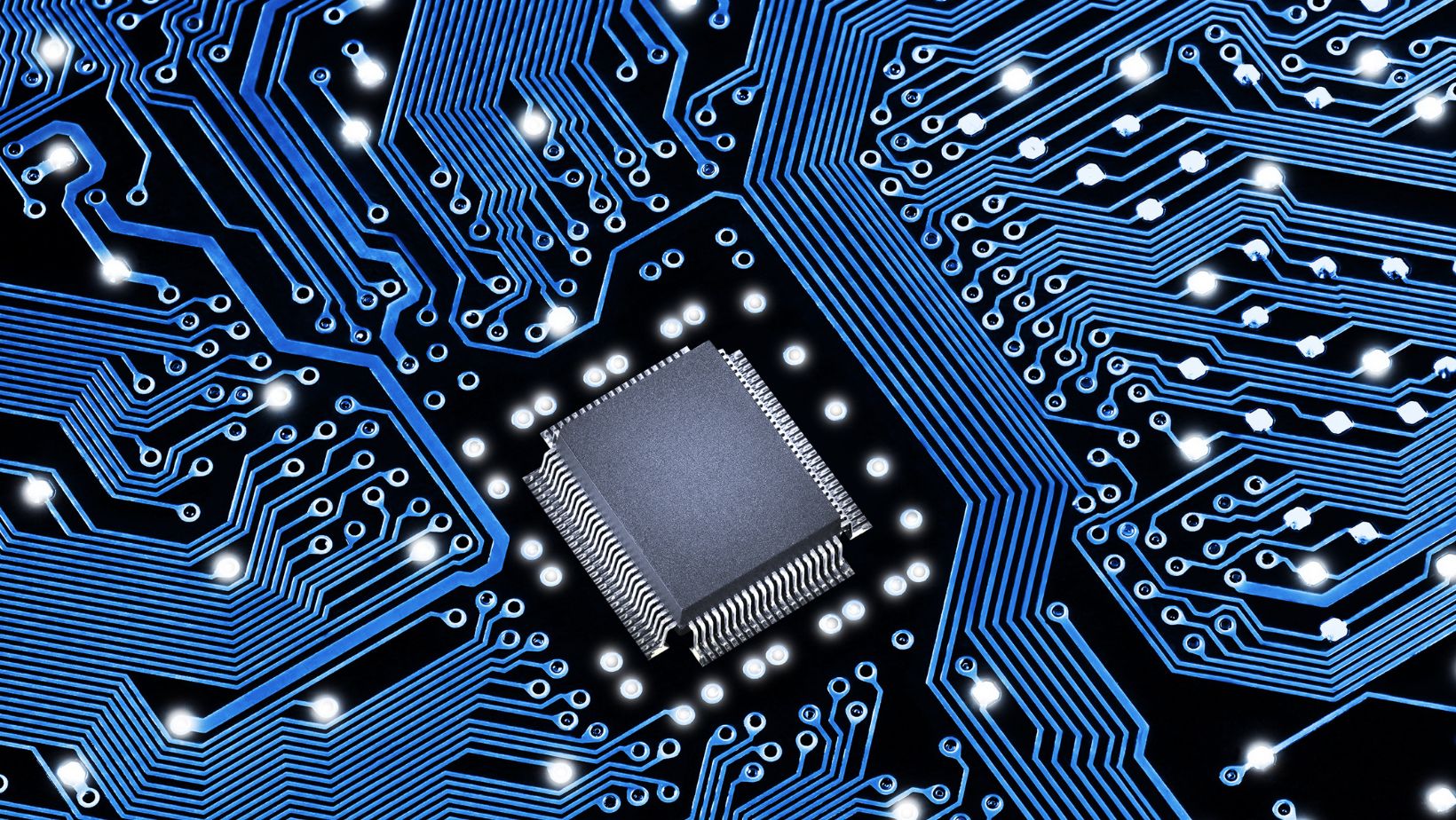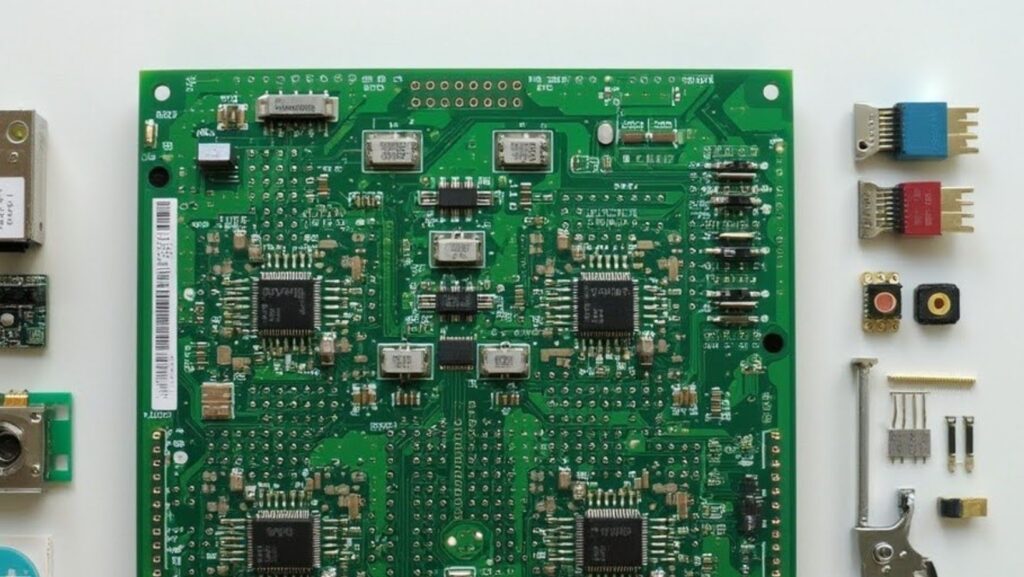Printed Circuit Boards (PCBs) serve as the backbone of modern electronics, providing both mechanical support and electrical connectivity to components. The functionality of a PCB is highly dependent on the components integrated into its design. These components each play a critical role in the circuit’s operation, influencing the performance, efficiency, reliability, and overall capabilities of electronic devices. For businesses seeking seamless and high-quality PCB assembly, partnering with an experienced PCB assembly manufacturer ensures precise integration of components, optimizing functionality and performance. In this comprehensive guide, we will explore how various PCB components affect the functionality of a circuit.
-
The Role of Resistors in PCB Functionality
Resistors are fundamental components in PCB design, used to limit the flow of electric current. By controlling the voltage and current within the circuit, resistors ensure that components operate within their safe parameters. For example, resistors prevent sensitive components from overheating due to excess current and divide voltage across different parts of the circuit. Additionally, they facilitate the correct operation of other components, such as transistors and LEDs. In LED circuits, for instance, resistors regulate the current passing through the LED, protecting it from damage. Incorrect resistor values can lead to circuit malfunctions, such as inadequate power supply or excessive heat generation, which could compromise the PCB’s functionality.
-
Capacitors: Storing and Regulating Energy
Capacitors are designed to store and release electrical energy as needed, playing multiple roles in a PCB. They smooth out fluctuations in the power supply, ensuring that sensitive components receive steady voltage. By isolating different parts of a circuit, capacitors also prevent interference and ensure stability. In timing applications, they create delays when paired with resistors. A lack of properly selected capacitors can lead to noise, instability, or power supply issues, negatively impacting the reliability of the electronic device. Their placement and type are crucial to maintaining the integrity of the circuit, especially in high-frequency or precision applications.
-
Inductors: Managing Magnetic Fields
Inductors store energy in the form of a magnetic field and resist changes in current. They are essential in applications such as power supply circuits, where they smooth out ripples in direct current (DC) outputs. In radio frequency (RF) circuits, inductors filter, and tune signals to specific frequencies. Poorly designed or implemented inductors can result in excessive electromagnetic interference (EMI), reduced efficiency, or malfunctions in high-frequency circuits. Their effectiveness depends on their placement and compatibility with other components in the circuit.
-
Diodes: Directing Current Flow
Diodes are critical for directing current flow in a single direction, playing vital roles in rectification, protection, and signal modulation. They convert alternating current (AC) to direct current (DC) in rectifiers and protect circuits from voltage spikes or reverse current using specialized types like Zener and Schottky diodes. Additionally, light-emitting diodes (LEDs) serve as indicators or lighting elements in PCBs. Improper placement or selection of diodes can result in issues such as reverse current damage, signal distortion, or failure to protect the circuit from surges, all of which can compromise functionality.
-
Transistors: Amplifying and Switching Signals
Transistors are the building blocks of modern electronics, serving as amplifiers and switches in PCBs. They amplify weak electrical signals for applications in audio, radio, or computational devices and toggle between on and off states to process binary data in digital circuits. Incorrectly configured transistors can lead to signal distortion, overheating, or failure to switch properly, directly affecting device performance. Their role is integral to the operation of nearly all complex circuits, and their behavior must be precisely controlled to achieve the desired outcomes.
-
Integrated Circuits (ICs): Miniaturized Circuitry
Integrated Circuits (ICs) are compact assemblies of multiple electronic components like transistors, resistors, and capacitors, designed to perform specific functions. They enable compact designs with high processing power, reduce the overall component count, and simplify PCB layouts by integrating multiple functions into one chip. ICs support applications such as memory storage, signal processing, and power management. Faulty ICs or improper placement can cripple an entire PCB, leading to complete device failure. Their versatility and efficiency make them indispensable in modern electronics.
-
Connectors: Bridging Components and Systems
Connectors enable the PCB to interface with external devices or other PCBs, ensuring smooth transmission of power, signals, or data.

Durable connectors withstand repeated connections and disconnections, maintain signal integrity, and handle the power requirements of the circuit. Poorly chosen or malfunctioning connectors can lead to signal loss, noise, or even total disconnection, disrupting the overall functionality of the device. Their design and compatibility with the system’s requirements are crucial for maintaining reliable operations.
-
PCB Substrate and Layers: The Structural Foundation
The substrate forms the physical base of the PCB, while additional layers provide electrical insulation and conductive pathways. The substrate’s material, such as FR-4, influences the board’s thermal performance, signal integrity, and mechanical strength. High-temperature stability is essential for long-term reliability, while impedance control and minimal signal loss depend on material quality. Poor substrate choices can lead to warping, signal interference, or breakdown under thermal stress, all of which compromise the board’s effectiveness.
-
Traces and Pads: Conducting Signals
Traces are the copper pathways that connect components, while pads are the points where components are soldered to the PCB. Wider traces reduce resistance and improve current flow, while impedance-controlled traces are critical for high-frequency circuits to prevent signal degradation. Proper trace design also dissipates heat effectively, preventing localized overheating. On the other hand, improperly designed traces and pads can lead to short circuits, overheating, or signal loss, all of which can render the PCB inoperable.
-
Vias: Connecting Layers
Vias are small holes filled with conductive material that connect different PCB layers. They enable complex multi-layer designs by allowing signals to travel vertically through the board. This optimizes space and facilitates advanced circuit routing. Additionally, thermal vias are used to transfer heat away from components. However, poorly manufactured vias can introduce resistance, compromise structural integrity, or fail under high thermal loads, undermining the performance of the PCB.
-
Heat Sinks and Thermal Management Components
Heat sinks and thermal pads dissipate excess heat from high-power components, ensuring safe operating temperatures. They prolong the life of sensitive components by preventing overheating, maintain efficiency by keeping temperatures within optimal ranges, and avert catastrophic failures caused by excessive heat.

Insufficient or poorly implemented thermal solutions can lead to overheating, which degrades performance and damages components, ultimately leading to device failure.
-
Crystal Oscillators: Timing and Synchronization
Crystal oscillators generate precise clock signals for timing and synchronization in electronic circuits. These signals are essential for applications like microcontrollers, communication devices, and data transfer, where accurate timing ensures synchronized device functions. Reliable timing enhances computational and communication speeds. Faulty oscillators or poor placement can cause timing errors, disrupting the functionality of the entire system and leading to unpredictable behavior in the device.
-
Specialized Components for Advanced Applications
In addition to standard components, specialized components like sensors, transformers, and RF modules are used in specific PCB designs. Sensors detect environmental changes such as temperature and pressure, providing essential data to the circuit. Transformers step up or step down voltage levels, while RF modules enable wireless communication in devices like smartphones and IoT systems. The selection and integration of these components must align with the device’s intended function, as errors can lead to reduced performance or non-functionality.
Conclusion
The components of a PCB collectively determine its functionality, influencing everything from power delivery and signal processing to heat management and structural integrity. Each component plays a specific role, and their interplay defines the overall performance and reliability of the circuit. Designing a high-functionality PCB requires careful selection, placement, and integration of these components, alongside robust testing to ensure optimal performance. By understanding the roles and effects of each component, engineers can create PCBs that meet the demanding requirements of modern electronic devices.



